Explore a range of palm varieties perfect for Zone 10 gardens in this guide.
Known for their lush beauty and practical benefits like shade and low maintenance, these palms can add a tropical charm to your space.
We'll cover 10 species, from striking, tall palms to more subtle ones, all of which thrive in warm climates and can withstand occasional frost.
Apart from aesthetic enhancement, these palms also contribute to your garden's ecosystem by providing habitats for various species.
1. European Fan Palm (Chamaerops Humilis)
The European fan palm is a slow-growing, small palm tree, known for its fan-shaped fronds and versatility in the garden.
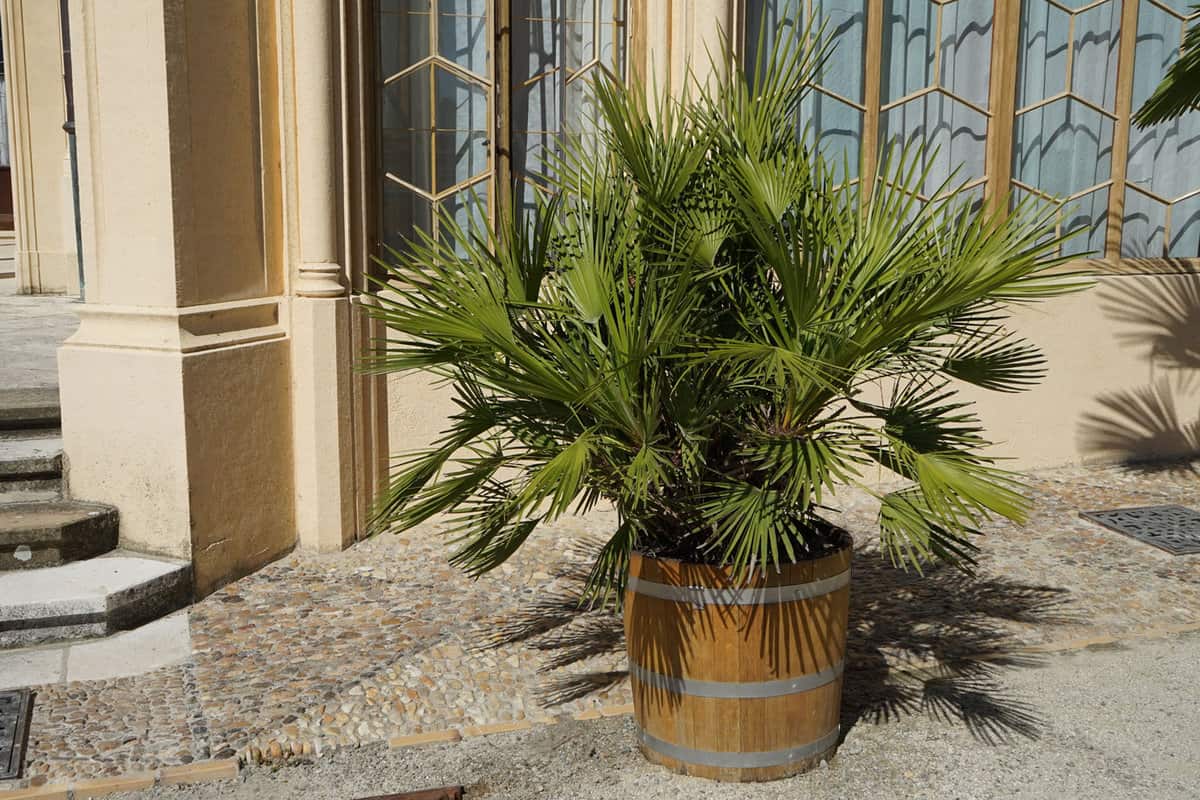
It is a compact palm that can tolerate a variety of conditions, including drought, frost, and coastal conditions.
This makes it highly adaptable, which is ideal for Zone 10 gardens that experience a wide range of weather conditions.
Moreover, it is salt-tolerant and prefers well-drained, moist soil. With a mature height ranging between 8 to 15 feet, it makes for an attractive accent piece in your landscape.
2. Lady Palm (Rhapis Excelsa)
The lady palm is a small, elegant palm tree with fan-shaped leaves on slender stems.
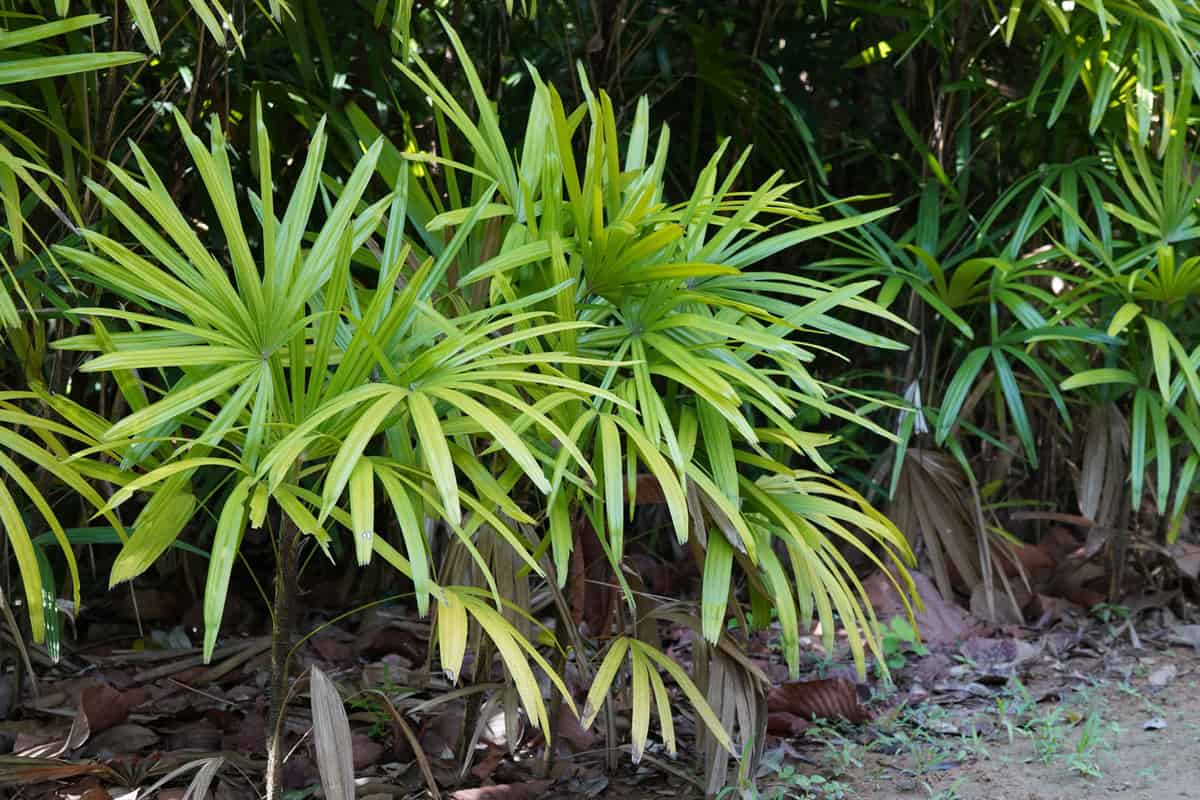
It is native to Asia and is known for its ability to tolerate a range of light conditions, including lower light levels.
This makes it ideal for Zone 10 gardens where there might be areas of the landscape that are shaded by other plants or structures.
The lady palm also enjoys high humidity, which is common in Zone 10 climates.
Growing between 6 to 12 feet in height, it works well in containers or planted directly in the ground.
3. Queen Palm (Syagrus Romanzoffiana)
The queen palm is native to South America and is known for its graceful, arching fronds and smooth, gray trunk that can grow up to 50 feet tall.
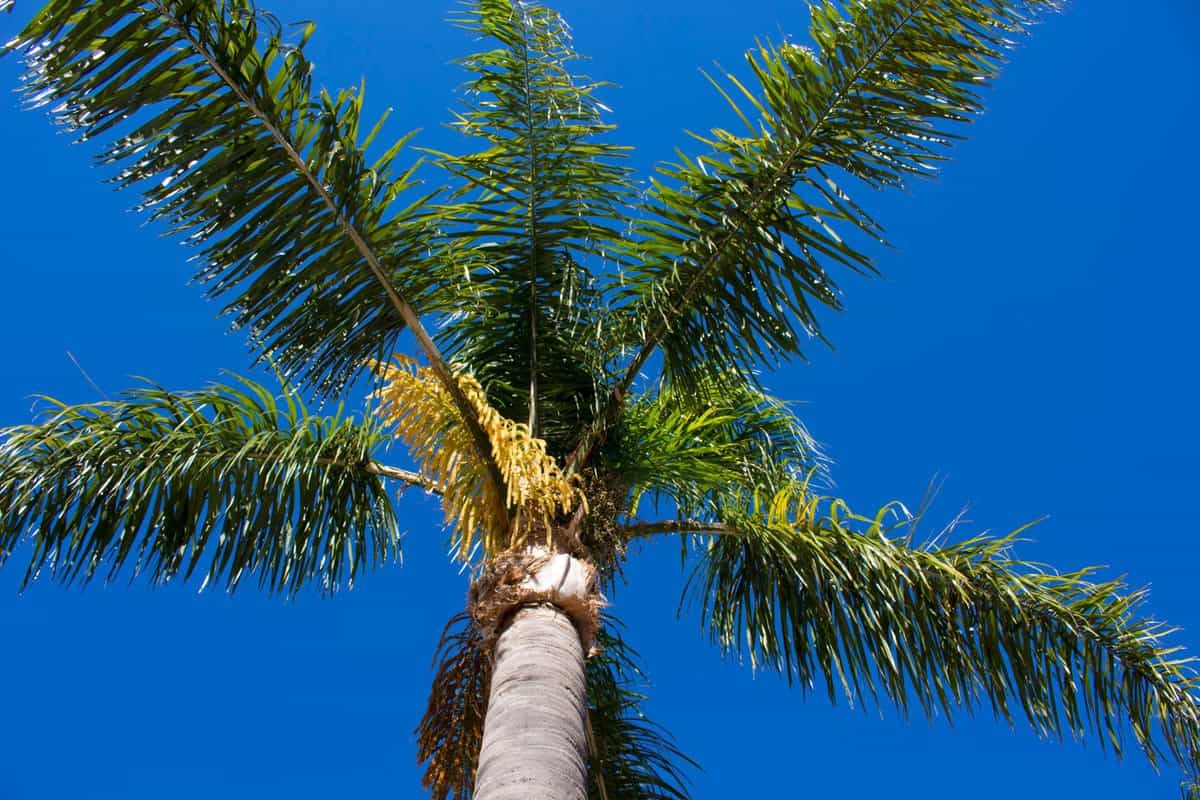
It prefers full sun and well-drained soil. It can withstand a wide range of soil types, making it a versatile choice for different garden settings.
This palm also has moderate drought tolerance, although it prefers regular watering for optimal growth.
As for its suitability for Zone 10, queen palm is a tropical plant that thrives in warm climates.
It can tolerate temperatures down to around 20°F, but it does best in areas where the temperature rarely drops below freezing.
4. Windmill Palm (Trachycarpus Fortunei)
The windmill palm is known for its fan-shaped leaves and the dense fiber that covers its trunk, giving it a unique, rustic appearance.
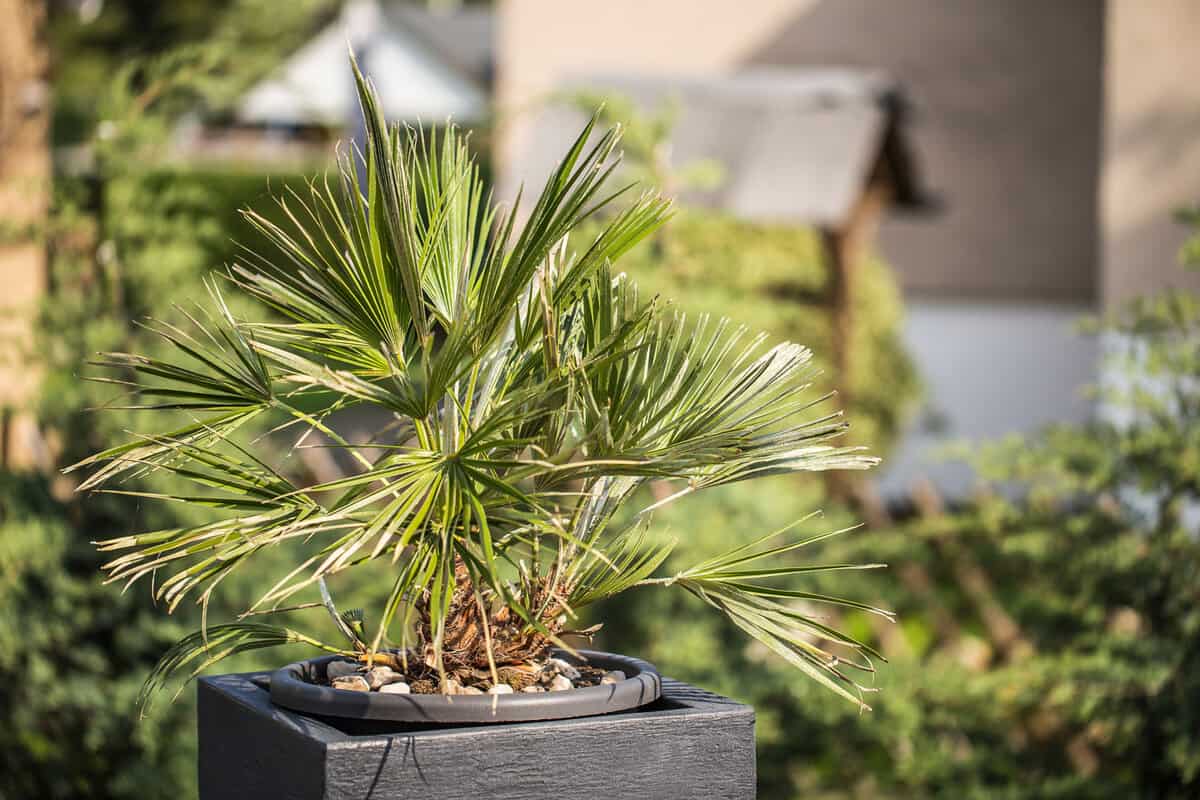
One of the main selling points of windmill palm is its cold hardiness.
It can tolerate temperatures down to about -10 degrees Fahrenheit, making it one of the most cold-tolerant palm species.
This characteristic allows it to thrive in a wider range of climates compared to most other palms and that's why it is suitable in Zone 10 gardens.
This palm can reach a height of 20 to 40 feet and is relatively slow-growing.
It is drought-tolerant and can grow in many soil types, including clay, sand, and loam, as long as the soil is well-draining.
5. Bottle Palm (Hyophorbe Lagenicaulis)
The bottle palm is named for its unique trunk that swells at the base, giving it the appearance of a bottle. This distinctive feature makes it a great choice for adding an exotic touch to your landscape.
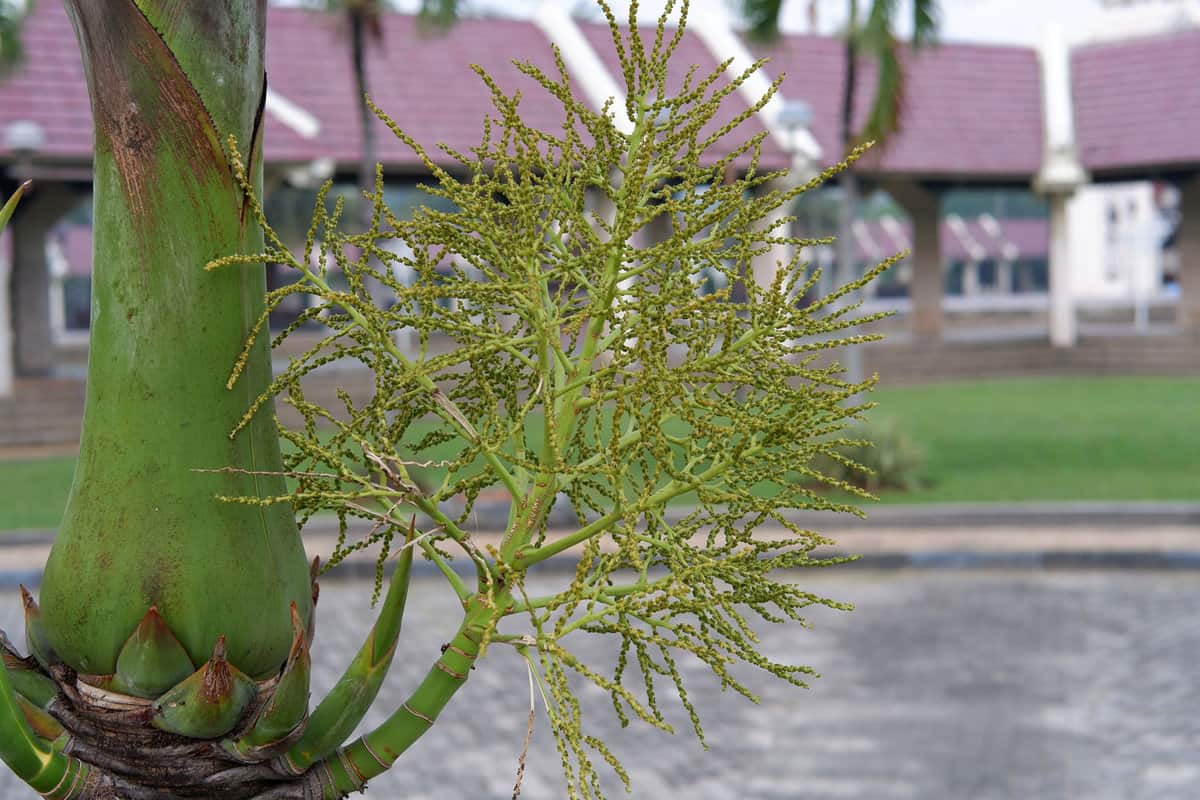
This palm grows relatively slowly, reaching a height of between 10 to 12 feet, and prefers well-drained soil and full sun exposure.
As for its suitability in Zone 10, the bottle palm is a tropical plant that thrives in warm climates.
It's not cold-tolerant and prefers temperatures that don't fall below freezing.
It also requires regular watering but doesn't do well in overly saturated soils, so well-draining soil is essential.
6. Foxtail Palm (Wodyetia Bifurcata)
The foxtail palm, native to Australia, gets its name from its distinctive, bushy fronds that resemble a fox's tail.

This palm is a medium to large-sized tree, reaching a mature height of 20 to 30 feet.
One of foxtail palm's key selling points is its self-cleaning nature. This means that as its old fronds die, they fall off the tree automatically, reducing the need for pruning and maintenance.
The foxtail palm thrives in full sun and well-drained soil. It's also quite drought-tolerant once established, although it does prefer regular watering for optimal growth.
It is perfect for Zone 10 due to its preference for warm, sunny climates and its moderate cold tolerance.
7. Sago Palm (Cycas Revoluta)
The sago palm is not a true palm, but it has a similar aesthetic with its palm-like fronds.
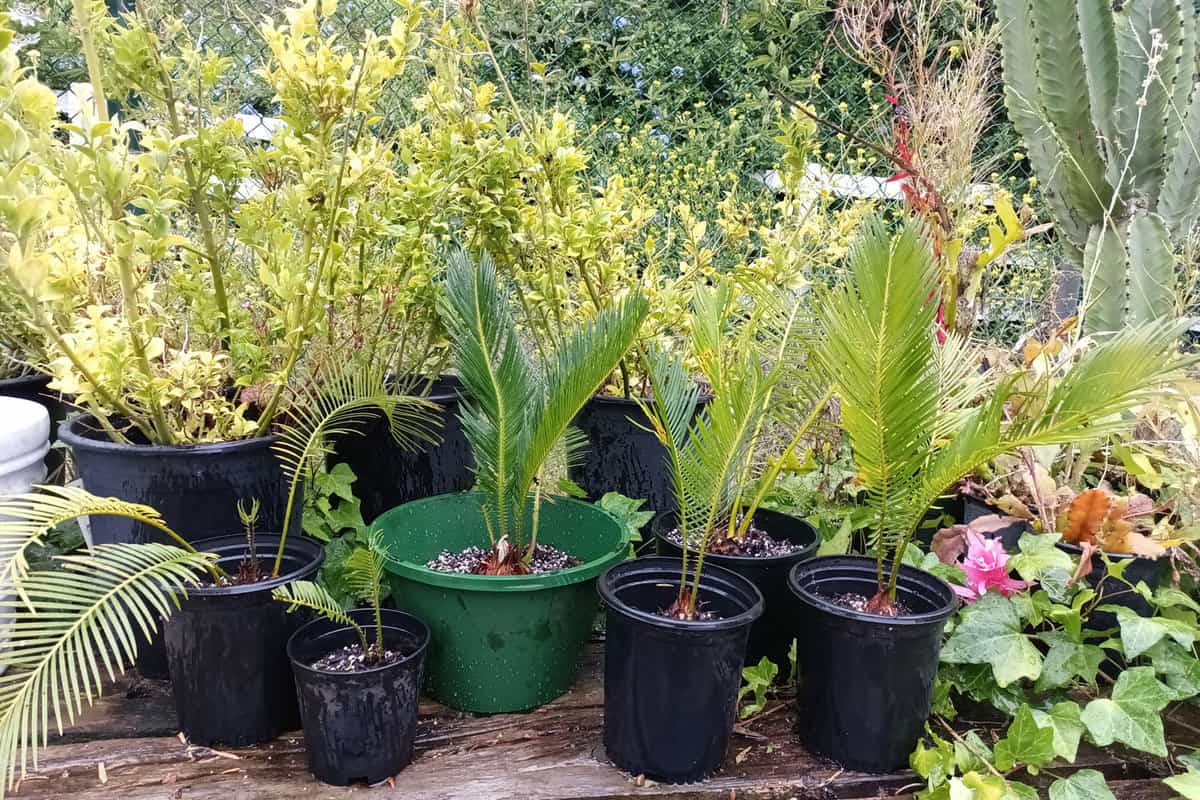
This slow-growing plant can reach up to 10 feet tall and prefers well-drained soil and full sun to partial shade.
Yes! This plant is highly adaptable and can tolerate a range of conditions, including drought and slightly cooler temperatures, making it well-suited to Zone 10 gardens.
Its unique texture and form add interest to the landscape.
8. Areca Palm (Dypsis Lutescens)
The areca palm, also known as the bamboo palm, is a fast-growing tropical palm that thrives in warm, humid conditions, making it ideal for Zone 10 gardens.
![Beautiful indoor areca palm plants on floor in room, Spots On Areca Palm - What To Do? [White, Brown And Black Spots]](https://gardentabs.com/wp-content/uploads/2021/05/Exotic-tropical-areca-palm-leaves-copy-space.-Green-leaves-of-palm-plant-at-home.jpg)
It grows between 10 to 20 feet tall and works well as a privacy screen or backdrop for smaller shrubs and plants.
Its feathery fronds can add softness and movement to the landscape, and its ability to grow in the partial sun makes it versatile in a garden setting.
9. Chinese Fan Palm (Livistona Chinensis)
The Chinese fan palm is a relatively hardy palm that can adapt to different soil types, although it does prefer well-drained soil.

It can grow up to 25 feet tall, but its growth rate is somewhat slow, which allows for more controlled landscaping.
This palm is noted for its large, fan-shaped leaves that add a dramatic touch to any garden.
It can withstand partial to full sun exposure, making it a flexible option for various parts of the garden.
In addition, the Chinese fan palm can tolerate cooler temperatures, but it does best in warmer climates, which is why it's ideal for Zone 10.
10. Coconut Palm (Cocos Nucifera)
The coconut palm is a tropical plant that is well-known around the world for its coconuts.
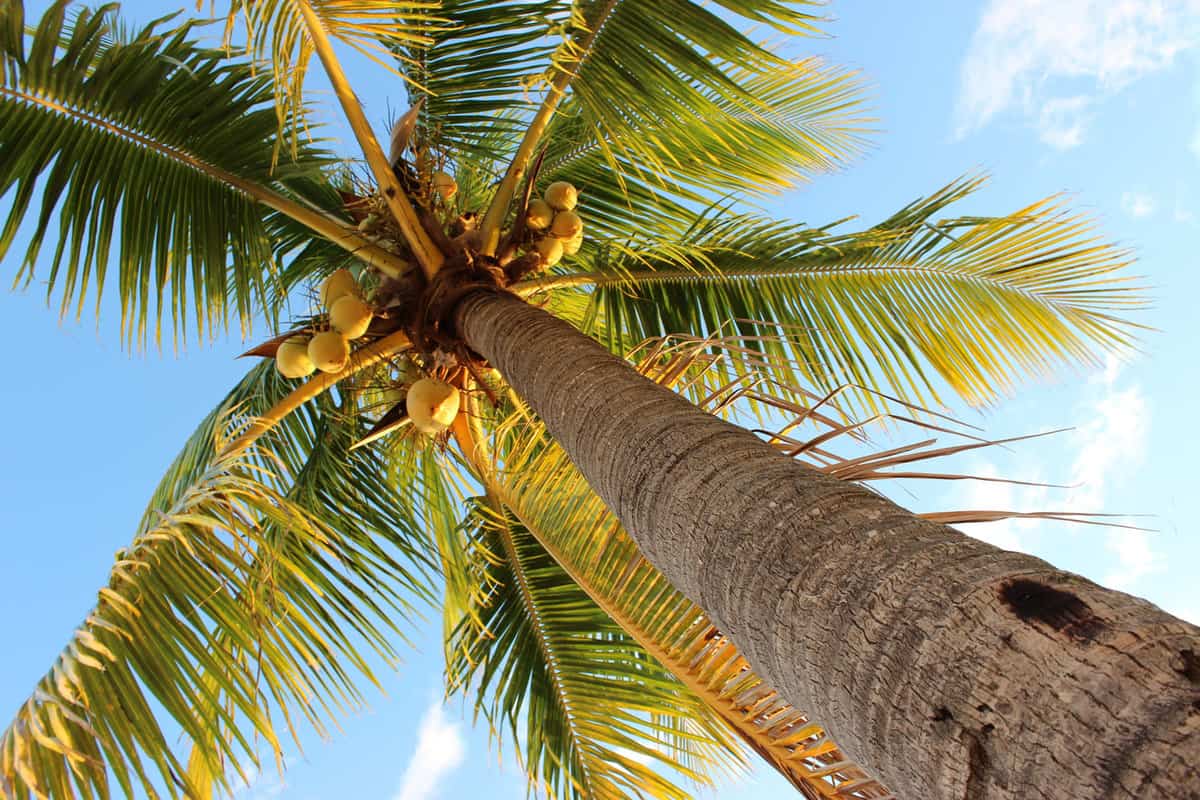
This palm can reach heights of up to 80 feet, which makes it an excellent choice for creating a tropical feel in your garden.
The coconut palm thrives in full sun and requires well-draining soil, preferably sandy soil, as it mimics the palm's natural beach and coastal habitat.
This palm is quite heat-tolerant, which makes it particularly suitable for Zone 10. It is also salt-tolerant, which makes it an excellent choice for coastal gardens.
In terms of visual interest, the Coconut Palm's tall stature, feathery fronds, and iconic coconuts all contribute to its appeal. It can serve as a striking focal point in a tropical garden setting.
The Right Palms for You!
Each of the palm varieties mentioned above is uniquely equipped to handle a range of conditions—from cold hardiness and drought tolerance—and thrive in various soil types and light conditions, making them ideal for Zone 10 gardens.
Whether you’re drawn to the striking trunk of the bottle palm, the low-maintenance foxtail palm, or the iconic coconuts of the coconut palm, each palm offers its own unique aesthetic and functional appeal.
With careful selection based on your garden’s specific conditions, these palms can add a touch of tropical charm and versatility to your Zone 10 landscape.
So why wait? Start planning your palm paradise today!
Check out some more palm-related topics below:
Why Epsom Salt Is Great For Palm Trees: Tips For Application And Dosage
